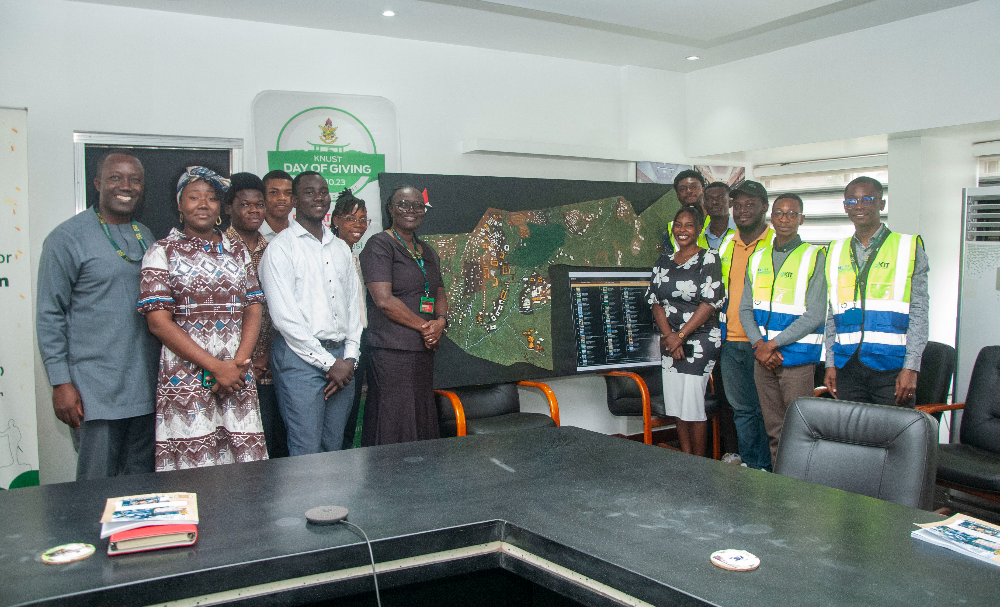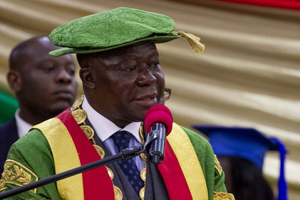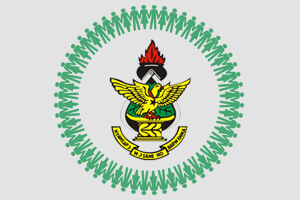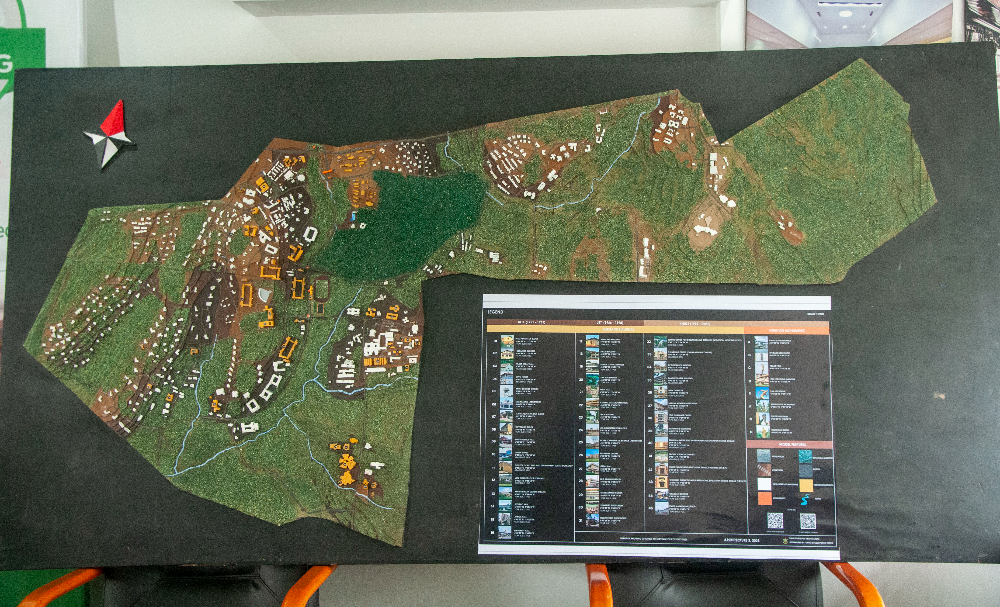Third-year architecture students at the Kwame Nkrumah University of Science and Technology (KNUST), Kumasi, have developed a heritage map that documents 45 buildings and nine monuments on campus, part of an effort to preserve the university’s architectural history.
The Heritage Map provides details such as location, the architects, land size, year of construction, and architectural descriptions.
The information can be easily accessed by scanning QR codes embedded in the document. Speaking at the launch, Professor Daniel Duah, Dean of the International Programmes Office, explained the inspiration behind the initiative.
“Now and then, we receive many visitors at KNUST and we get the opportunity to show them how beautiful the campus is,” he said.
When they come around, they often ask about specific buildings, which one is this, which is that? So, we partnered with the Department of Architecture and the third-year class under Dr. Alexander Marfo to take up the challenge.” Dr. Alexander Marful, 3rd year Studio Master, said the document will help preserve history by ensuring that when visitors are taken on tours, the story of the university’s heritage remains consistent.

The Deputy Director of the Ghana Tourism Authority, Mr. Ekow Sampson, commended the initiative, describing it as innovative and timely. He emphasised the importance of preserving Ghana’s heritage and expressed the Authority’s commitment to supporting the project.
He further noted that the Heritage Map could serve as a starting point for the digitalisation of heritage across other universities, including the University of Ghana. “Let’s start from here and then extend it to other institutions.

From there, we can look further into Kumasi, which is already recognised as a cultural destination. We need to document all heritage sites so that we can market them as part of Ghana’s tourism appeal. We are always ready to collaborate with you to promote this destination,” he said.
The President of the Ghana Institute of Architects welcomed the project’s educational value and urged the team to enrich it with historical photographs and regular updates. He suggested the initiative be patented and expanded to cover other institutions and heritage sites nationwide.
Also present at the meeting were Professor Charles Ofosu Marfo, Provost of the College of Humanities and Social Sciences; Dr. Jimmy Nkrumah, Director of Works; Mr. Kojo Safo-Kantanka, Chief Architect; Dr. Collins Ayine Nsor; and Professor Benjamin Emikpe.


















